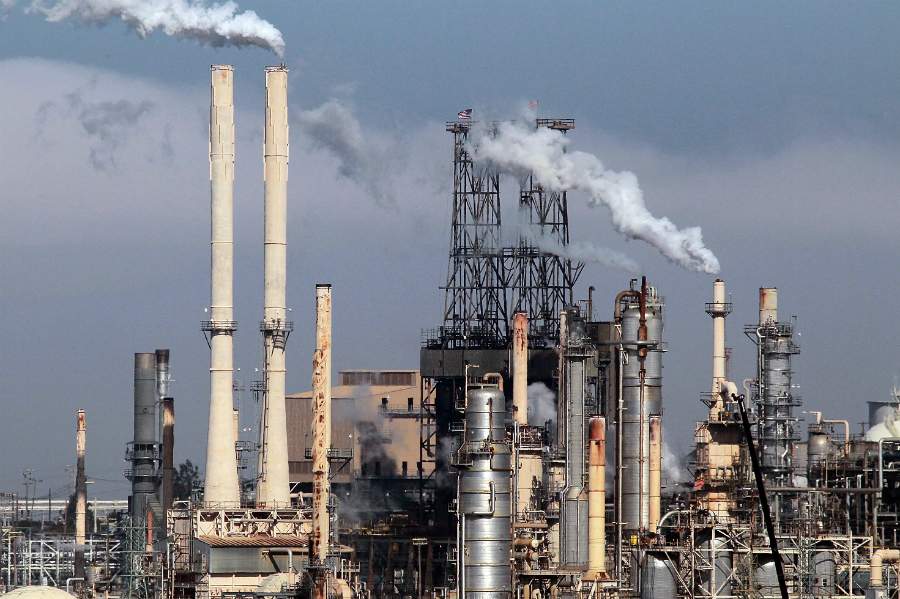A revised version of the California Air Resources Board’s eagerly awaited climate change strategy has been published, with more challenging goals for reducing greenhouse gases and expanding contentious carbon capture projects.
The idea, if approved by the air board at its meeting on December 15, would drastically alter California’s economy, the way its citizens’ cars, homes, and other appliances are powered, and ultimately act as a model for other states and nations to follow.
“Failure is not an option,” said air board Chair Liane Randolph. “There is too much at stake and we need to move as fast and as far as we can to lessen the worst impacts of climate change and leave future generations a livable and healthy California.”
The five-year climate change strategy, called a scoping plan, outlines in its 297 pages how California could end its reliance on oil and also clean up the nation’s worst air pollution.
The staff’s final draft plan adds bolder commitments, reducing oil use by 94% from 2022 levels by 2045 — up from a goal of 91% in the September version of the plan.
The plan also sets a more aggressive goal of cutting carbon emissions 48% below 1990 levels by 2030 — up from the 40% by 2030 required under state law. Net-zero emissions would be achieved in 2045. (Net-zero or carbon neutrality means striking a balance between the carbon dioxide added to the air and the carbon that’s removed.)
Read also: 2022 flood disaster worst ever in Nigeria— NEMA
California has a long way to go to meet the new 48% goal in just eight years. By 2020 it had cut emissions only about 14% below 1990 levels, according to air board officials.
Danny Cullenward, a climate economist who serves as an advisor to the state air board and Legislature, said California isn’t on track to meet its existing 2030 reduction target, much less the new, more stringent goal.
“I don’t want to say California isn’t doing anything on climate. We’ve done a lot of things,” he said Cullenward, who serves on the Independent Emissions Market Advisory Committee. “But this is such a superficial exercise and it’s filled with so many faults and errors.”
Air board officials, however, said they are confident that the state can achieve the new target, largely with mandates and policies enacted this year. State officials phased out sales of new gas-powered cars by 2035, set a more stringent low-carbon fuel standard and streamlined siting and permitting of renewable energy projects.
“This plan is a comprehensive roadmap to achieve a pollution-free future,” Gov. Gavin Newsom said today in a statement. “It’s the most ambitious set of climate goals of any jurisdiction in the world, and it’ll spur an economic transformation akin to the industrial revolution.”
But Cullenward criticized the staff’s modelling, which is used to predict how each sector of the economy will reduce emissions. He said the plan lacks a thorough analysis of the feasibility of its projections and makes major assumptions.
One example, he said, is that the plan relies on other agencies, such as the California Energy Commission, setting new policies, but it doesn’t address the timing and roadblocks they may face or other details.
“It’s a pretty aspirational document but it’s filled with bureaucratic doublespeak,” he said. “It’s really frustrating because there’s so much work to be done.”
Some policy experts say setting ambitious goals is a crucial step toward cleaning up air pollution and combating climate change.
The new plan relies more than the original versions on two controversial, advanced technologies for eliminating planet-warming carbon dioxide on. Combined, 15% — increased from 5% — of all of the state’s targeted greenhouse gas cuts will come from carbon removal and carbon capture and storage.
Story was adapted from Calmatters.
